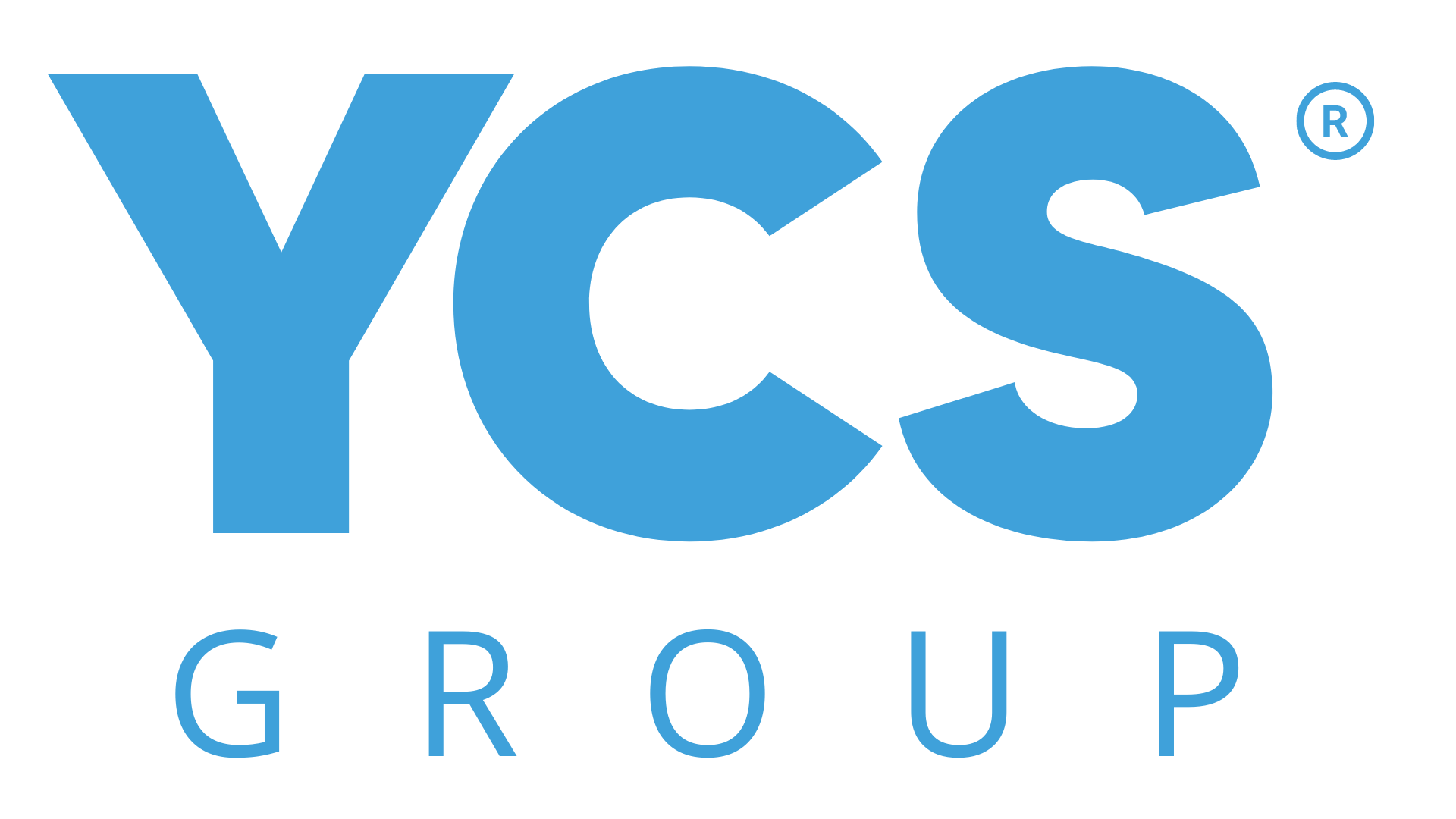
What Drives Loyalty With the Best ROI for Your Business
We spend a lot of time discussing the importance and value of loyalty for brands and businesses to drive incremental revenue and maximize customer lifetime value. But what drives loyalty, and how does it translate into the best ROI for your business?
Loyalty Program ROI Defined:
The overall goal of a loyalty program is increased revenue without increasing expenses. It is important to note that loyalty programs are rarely overnight success stories and sometimes require up to 12 to 14 months for a positive return to be felt. Keeping track of your loyalty program’s success begins with measuring its ROI.
In simple terms, ROI = (Loyalty Program Revenue – Total Cost of Loyalty Program Expenses) / Total Cost.
For the sake of this blog, we won’t delve into the fine details of incremental revenue and the associated metrics minus the four significant loyalty costs (technology, people, marketing, and rewards); however, if the result is a positive number, it means your loyalty program is generating a positive ROI.
What drives loyalty:
Measuring the success of a loyalty program primarily depends on achieving a positive return on investment (ROI), but this shouldn’t be your sole focus—especially when evaluating your program within the first year. Customer satisfaction, engagement, feedback, and the willingness to share experiences on social media are key factors driving loyalty. Additionally, the effectiveness of loyalty programs can be assessed by examining customer lifetime value (CLV), which involves comparing the frequency and average order value of members versus non-members.
If you want a loyalty or membership program that exceeds expectations, explore YCS Group. Our platform can be customized to fit your needs, will help drive loyalty, and provide a positive ROI.
Contact us at ycsgroupllc.com
